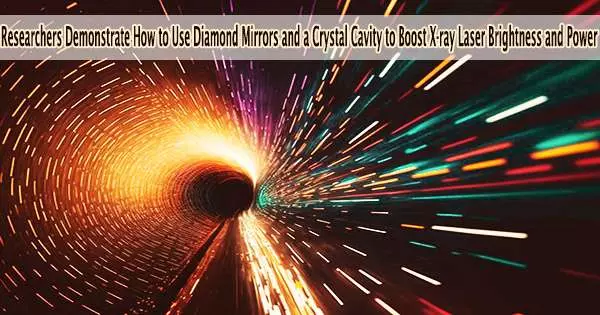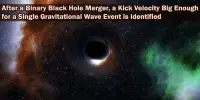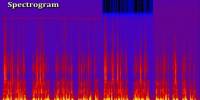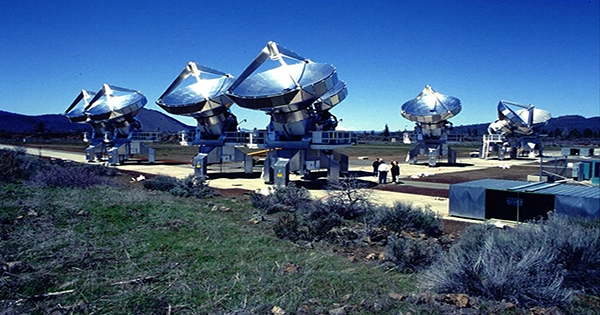Scientists at particle accelerator sites all over the world to expose the structure and behavior of atoms and molecules use powerful X-rays. Now, scientists at the SLAC National Accelerator Laboratory of the Department of Energy have calculated how to surround an XFEL with diamond mirrors and a unique cavity chamber to make X-ray pulses even brighter and more dependable.
“We want to make our XFELs more laser-like,” said Zhirong Huang, a SLAC and Stanford professor of photon science. “We’ve been searching for a way to do this for decades, and with our new calculations, we demonstrate that this pipedream could become reality.”
The strength of each individual X-ray pulse in XFELs like the Linac Coherent Light Source (LCLS) at SLAC fluctuates from pulse to pulse. As a result, scientists must work harder to accomplish studies using temporally incoherent light rays because they are less predictable and less like lasers.
In a new work, published this month in Physical Review Letters, researchers demonstrate how coherent X-ray pulses can be produced without the use of an incredibly long and complex cavity by using a complex crystal cavity and mirror system.
“The motivation for generating coherent, higher brightness X-rays is to study real-world materials and what happens to those materials under different conditions,” SLAC scientist and paper co-author Jingyi Tang said. “We want to study systems that are more dynamic and difficult to capture.”
Storing light using mirrors
The idea of catching X-rays using mirrors might seem impossible at first thought. But if you have the necessary storage equipment and a creative mind, such a concept would be feasible at a high-repetition-rate accelerator like LCLS-II.
We want to make our XFELs more laser-like. We’ve been searching for a way to do this for decades, and with our new calculations, we demonstrate that this pipedream could become reality.
Zhirong Huang
The researchers studied what’s called a cavity-based X-ray Free electron laser (CBXFEL). In this concept, incoherent X-ray pulses produced at an accelerator facility, such as the one at SLAC, are captured by a hollow structure that may be hundreds of meters or perhaps more than a kilometer long.
Four diamond mirrors inside the cavity serve as reflectors for the X-rays, which are then sent out in rectangular laps by the cavity. The following electron bunch in the accelerator moves toward the pulses as they whirl inside the cavity.
The bouncing X-ray pulse interacts with the electron bunch as it arrives, arranging and tightening it. This tighter electron bunch will generate more coherent and brighter X-rays further down the accelerator when it is moved around in a machine called an undulator.
Researchers previously believed that keeping an X-ray pulse’s power while it bounced around the cavity may need tightly spaced electron bunches or a kilometers-long cavity, making the notion far more difficult to implement.
“We showed that a high-quality cavity system might only need to be 100-300 meters long, even with a powerful XFEL operating at slower repetition rate, which means more space between electrons bunches,” SLAC scientist and co-author Zhen Zhang said.
Controlling the cavity loss
The key to this new design is controlling what researchers call the quality factor of the cavity, Q. The quality factor represents the reflectivity of the mirrors in the cavity. The X-ray power can circulate in the cavity with little loss when the Q value is high, which indicates extremely high reflectivity. X-rays leave the cavity and are transmitted down the accelerator in substantial quantities when the Q value is lower because decreased reflectivity results in lower Q values.
When the X-rays are recirculated in a shorter cavity without any interaction with the electron bunch, Q is kept very high. Researchers can carefully regulate the amplified X-ray wavelength and spectrum to change the cavity Q when these X-rays contact with an incoming electron bunch, a process known as Q-switching. In other words, they can lower the Q value once the X-rays are powerful enough to exit the cavity and travel through the accelerator to experiments.
By controlling Q, researchers can give the coherent X-ray pulse their turn to recirculate multiple times around the cavity and mirror system. Shortening the required cavity length and producing X-rays with high output power are made possible by the coherent X-ray pulses’ improved ability to move across the system with minimum loss.
In the coming year, scientists and engineers at SLAC, in collaboration with Argonne National Laboratory and other institutions, are working on building a test cavity at SLAC’s LCLS. The experiment’s primary objectives are to evaluate the cavity’s performance and show how the power increases when the X-ray is recirculated by it.
Q-switching could also be tested on such a CBXFEL system after the initial goals of the experiment are reached, researchers said.
















